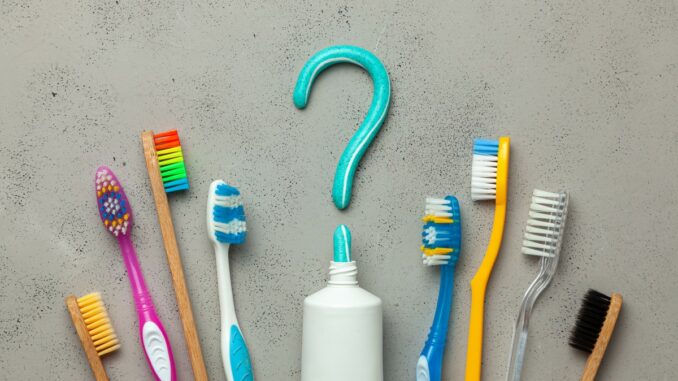
Choosing the right toothbrush is a crucial step in maintaining optimal oral hygiene and preventing dental issues such as cavities, gum disease, and tooth sensitivity. With a plethora of options available on the market, ranging from manual to electric, soft to medium bristles, and various shapes and sizes, selecting the perfect toothbrush can be overwhelming. In this comprehensive guide, we’ll delve into the essential factors to consider when selecting a toothbrush to ensure it meets your individual needs and preferences.
1. Bristle Type:
- Soft Bristles: Dentists generally recommend soft-bristled toothbrushes for most individuals, as they effectively remove plaque and debris from the teeth and gums without causing damage to the enamel or gums.
- Medium Bristles: Medium-bristled toothbrushes may be suitable for individuals with more robust enamel and gums, but they should be used with caution to prevent excessive wear and potential damage.
- Hard Bristles: Hard-bristled toothbrushes are generally not recommended, as they can cause enamel erosion, gum recession, and increased tooth sensitivity.
2. Manual vs. Electric:
- Manual Toothbrushes: Traditional manual toothbrushes are affordable, readily available, and easy to use. They come in a variety of shapes, sizes, and bristle patterns to suit individual preferences.
- Electric Toothbrushes: Electric or powered toothbrushes offer additional features such as oscillating or rotating brush heads, built-in timers, and pressure sensors. They may be more effective at removing plaque and reducing gingivitis, especially for individuals with limited dexterity or orthodontic appliances.
3. Size and Shape:
- Head Size: Choose a toothbrush with a head size that comfortably fits your mouth and allows you to reach all surfaces of your teeth, including the back molars.
- Handle Design: Consider the handle design and grip of the toothbrush, ensuring it feels comfortable and ergonomic in your hand for ease of use.
4. ADA Seal of Acceptance:
- Look for toothbrushes that bear the American Dental Association (ADA) Seal of Acceptance, indicating they meet rigorous safety and efficacy standards for oral health products.
5. Personal Preferences:
- Consider your personal preferences and lifestyle factors when selecting a toothbrush, such as color, design, and travel-friendly features.
6. Replacement Schedule:
- Remember to replace your toothbrush or toothbrush head every three to four months, or sooner if the bristles become frayed or worn. This ensures optimal cleaning effectiveness and prevents bacterial buildup.
7. Consultation with Your Dentist:
- Lastly, consider consulting with your dentist or dental hygienist for personalized recommendations based on your oral health needs, existing dental issues, and any specific concerns you may have.
Conclusion:
Selecting the right toothbrush is essential for maintaining optimal oral health and preventing dental problems. By considering factors such as bristle type, manual vs. electric, size and shape, ADA Seal of Acceptance, personal preferences, replacement schedule, and consultation with your dentist, you can choose a toothbrush that meets your individual needs and preferences. Remember, consistent brushing and flossing, along with regular dental checkups, are key components of a healthy oral hygiene routine.